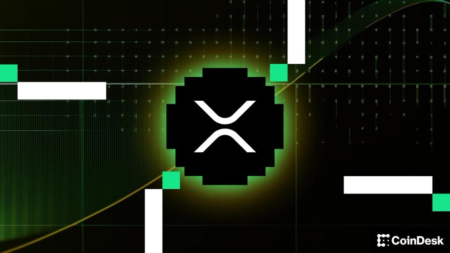Quantum Computing: The Emerging Threat to Bitcoin’s Security
Introduction to Quantum Computing and Bitcoin’s Security
Nic Carter, co-founder of Coin Metrics, has recently raised an alarming concern for the future of Bitcoin: quantum computing poses the greatest long-term threat to the cryptocurrency’s core cryptography. In an insightful essay, Carter delves into the mechanics of Bitcoin’s cryptographic framework and why the advent of quantum computing is not just a far-off possibility but an urgent issue that developers must prioritize. His argument hinges on the fundamental structure of Bitcoin’s cryptography, particularly how private keys are transformed into public keys using elliptic-curve cryptography, which the current security model rests upon.
Understanding Bitcoin’s Cryptographic Model
At the heart of Bitcoin’s architecture are cryptographic keys: each user generates a private key, a secret number that must remain confidential. From this, a public key is derived using elliptic-curve mathematics applied to the secp256k1 curve, essential for ECDSA (Elliptic Curve Digital Signature Algorithm) and Schnorr signatures. This transformation follows a one-way function paradigm, making it computationally easy to generate a public key from a private key but nearly impossible to revert that process—at least with current classical computing capabilities. Carter likens this process to a giant number scrambler, where unscrambling the public key back to the private key is virtually infeasible.
The Quantum Risk Factor
Carter articulates a growing concern that powerful quantum computers could undermine this asymmetry. The threat primarily arises from their potential ability to efficiently solve the discrete logarithm problem, which forms the backbone of Bitcoin’s signature generation and validation process. In simpler terms, should a quantum computer gain sufficient power, it could potentially unravel the cryptographic protections currently safeguarding Bitcoin assets and user privacy. This possibility grows particularly dangerous when coins are spent, as the public key becomes visible on-chain, exposing it to future quantum attacks.
Mitigating Risks: Best Practices for Users
Despite the daunting prospect of quantum attacks, Carter emphasizes the importance of proactive measures rather than panic. He advocates for basic hygiene practices in Bitcoin usage, such as avoiding the reuse of addresses. This approach minimizes the amount of time public keys remain exposed, reducing the attack surface. While these short-term strategies help, they are only part of a comprehensive approach needed to secure Bitcoin against quantum threats.
Future-Proofing Bitcoin: Post-Quantum Signatures
Looking forward, Carter stresses the necessity for developers and the Bitcoin community to focus on developing post-quantum signature schemes. He frames this endeavor as critical engineering work rather than a distant hypothetical problem. Implementing these new cryptographic methods requires careful planning and realistic migration paths to ensure a smooth transition before quantum computers become a viable threat. The Bitcoin community must prioritize these efforts to maintain trust in the cryptocurrency moving forward.
Conclusion: Embracing Change for Bitcoin’s Future
Carter’s essay serves as a crucial wake-up call for the Bitcoin ecosystem, urging stakeholders to recognize quantum computing as a genuine threat rather than a topic for future speculation. As advancements in quantum technology continue to progress, the urgency for effective countermeasures only amplifies. By prioritizing innovative cryptographic solutions and adhering to best practices, developers and users alike can fortify Bitcoin’s defenses against this looming challenge. In the coming weeks, Carter promises further exploration of "post-quantum break scenarios," signaling that the conversation around securing Bitcoin in the quantum age has only just begun.
This SEO-optimized article can attract readers interested in understanding the intersection of quantum computing and cryptocurrency, urging them to consider the implications and actions required to safeguard Bitcoin’s future.

















![Synthetix [SNX] Soars 25% with $57 Million Inflow: Are Investors Getting Greedy?](https://cryptonewsinsiders.com/wp-content/uploads/2025/10/snx-1000x600-450x270.png)